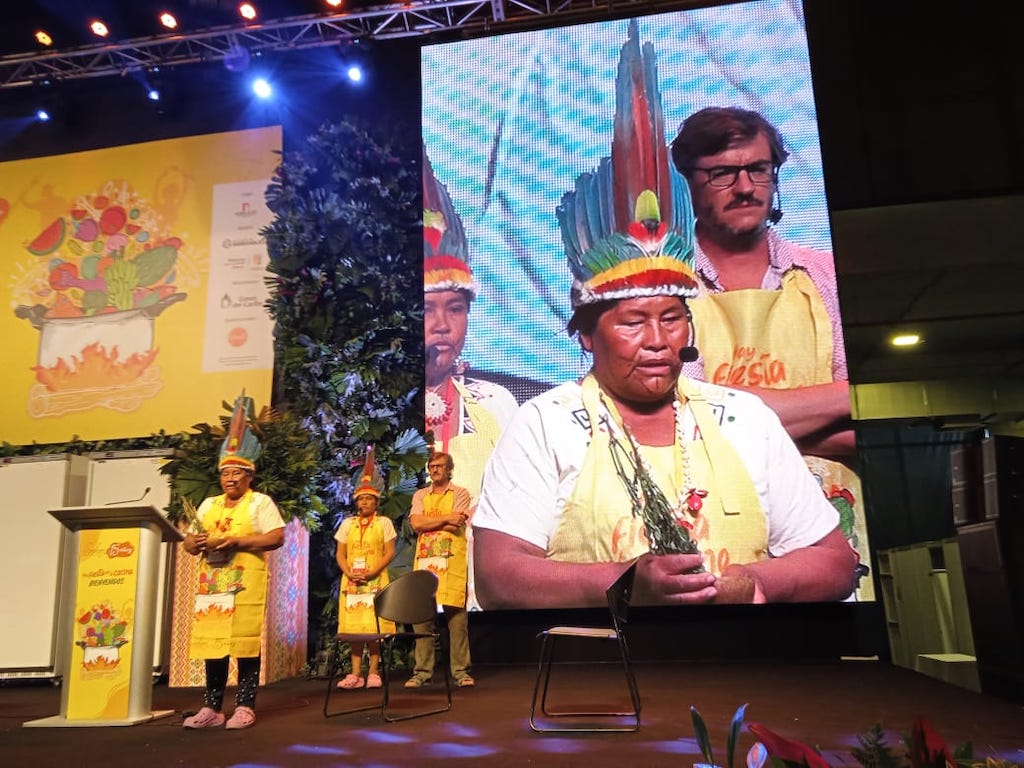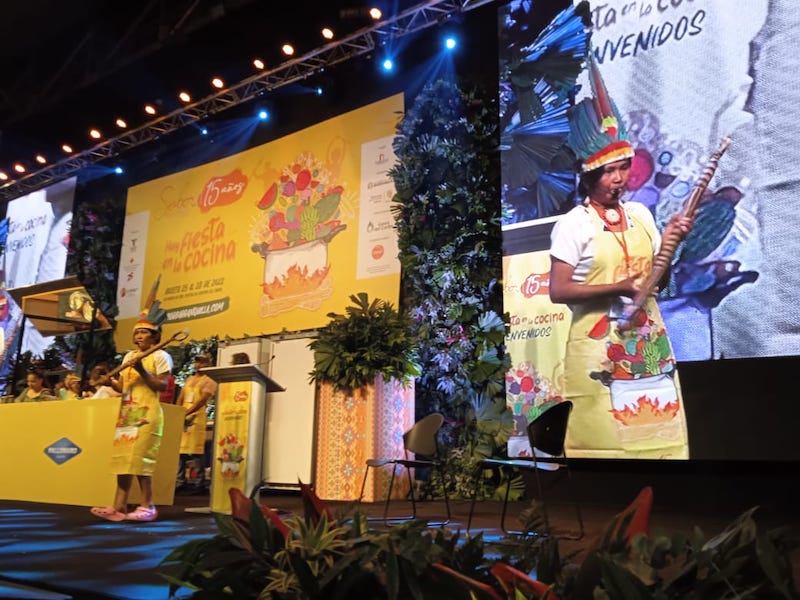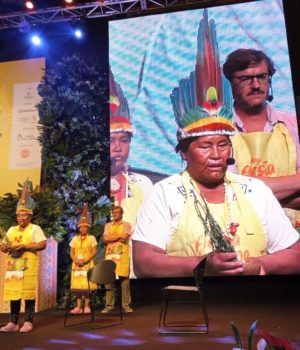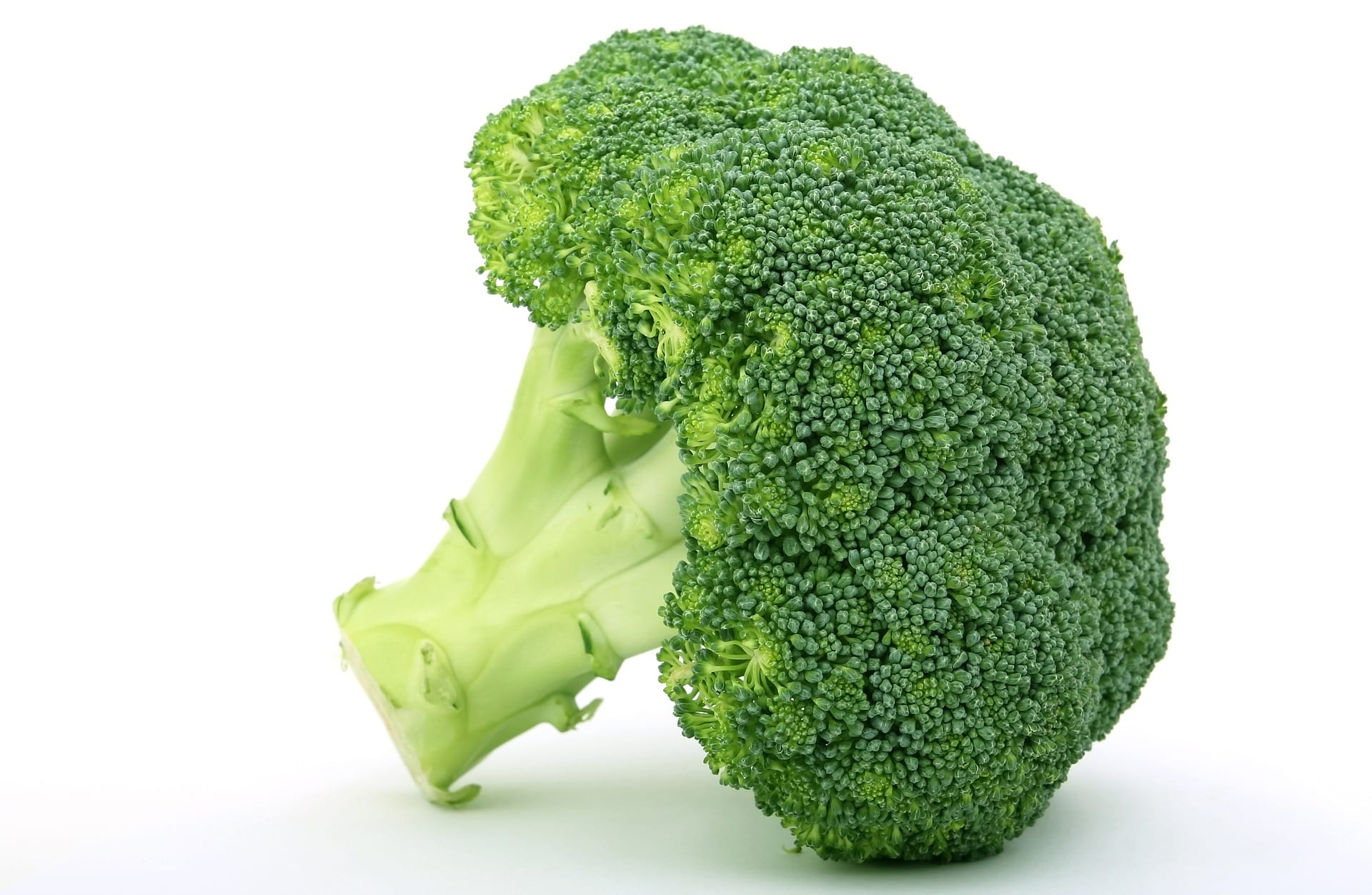Barranquilla flavor lasts from August 25 to 18, 2022. In this benchmark event, different gastronomic personalities both from the Caribbean coast and from the rest of the Colombia. Our team has had the opportunity to attend to witness the teachings that peoples have given us about indigenous cuisine.
Indigenous cuisine: resistance cuisine
The first conference dealt with what gastronomy really means for indigenous peoples. It can be said that it is part of vindicating their culture against the impositions of the Western hegemonic culture. In the past, its cuisine was despised by the Spanish colonizers. Later, at the time of Simon Bolivar and the struggle for independence changed the situation somewhat.
The original settlers of America were gaining the status of citizens with rights. However, those who held power were the criollos descendants of the Spanish. They referred paternalistically to indigenous cuisine while trying to impose their customs on them. However, assimilation was not possible. Even today there is a certain paternalism when talking about this amalgamation of flavors and traditional knowledge.

Thus, there is no shortage of voices that demand in a contestatory way the indigenous cuisine in the demonstrations against GM or gastronomic fairs. However, they do not give the people themselves a voice to express what it means to them. For them cooking is a way of defending themselves and resisting those who plunder their land and resources. They also pass down from generation to generation a social model what cousin it collective about the individual. They enhance the local idiosyncrasy while curbing the desire for excessive consumption so typical of current capitalism.
Each indigenous people of America it has its own culture. However, the vast majority share similar values. All advocate a social order that they consider more fair. In addition, they live in communion with their environment. For this reason they must take care of it so that it offers them food in abundance. They know that any damage they do to the Earth it will be returned in the form of a blow.
How to preserve the social fabric
As an example of indigenous cuisine we can refer to the case of the French Guiana. It is a territory belonging to France that borders to the south with Brazil. It is located in the heart of the Amazon and is inhabited by seven different ethnic groups. All have in common the contempt on the part of the French Republic. That is, the constitution of this country declares that France is one and indivisible. It does not grant any autonomy statute to territories within the metropolitan area.
Guyana belongs to this and is governed by Paris. Thus, the indigenous people use gastronomy as a tool against marginalization. They become visible through the cassava festival, a space for dialogue and visibility in the territory. Let's keep in mind that Guyanese indigenous cuisine is internationally recognized but not crazy. It is the way of these towns to say to the central government: «We are here!».
The importance of broths
There are also other examples where value is given to local culture. There is one even more representative that is that of the wapishani and makushi in Brazil. They are the main ethnic groups of an area in the north of Brazil called Roraima. They organize the damorida party to record the territorial occupation by ranchers and miners who plunder their land without protecting it. The aforementioned damorida is a very nutritious meat broth of great value in their culture.

Finally, we mention the curious case of the town of cosoltepec in Huajaca, Mexico. In this area, a hot become a tourist attraction. In fact, in the next town there are several businesses that have prospered and sell it for U.S. dollar 25. However, the inhabitants of Cosoltepec decided that they would not follow this model. For them, broth is something that the entire community prepares at parties and then distributes it for free.
In this way, they form a social fabric that prioritizes the common good and interdependence over individual benefit. We end with the words of a native of New Caledonia a Marcel Mauss, father of anthropology: "Our meals are the movement of the needle that sews the roofs of our world."







